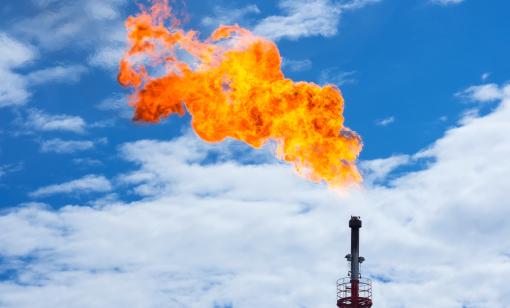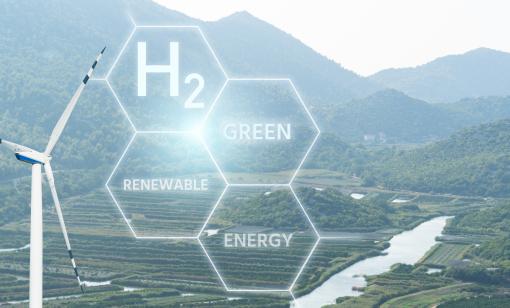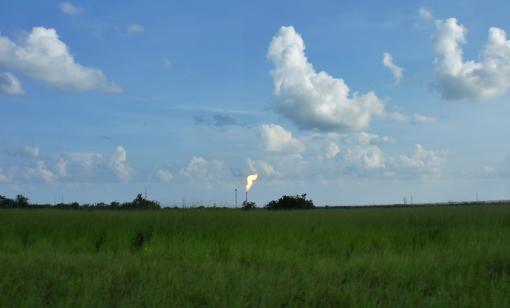Repsol Optimizing Venezuelan Gas, Focused on US Consolidation
Spain’s Repsol S.A. has an eye on optimizing its Venezuelan natural gas production as well as consolidating the U.S. as a key growth area, according to the company’s CEO and executive director Josu Jon Imaz San Miguel.
Ecopetrol Reaches 10 MMbbl Sales of Carbon-Compensated Crude
State-owned Ecopetrol reached the 10 MMbbl mark for the sale of its carbon-compensated crude to markets in Asia, Europe and the Americas.
Venezuela’s Burning Through Gas and Cash
Home to the world’s seventh-largest natural gas reserves, the OPEC member has a massive flaring problem which, if resolved, could allow it to monetize its onshore associated gas production.
Ecopetrol’s Permian JV Production Leads in Absolute Growth
Colombia’s state-owned Ecopetrol SA reported a 61% drop in net income in the second quarter 2023 compared to the second quarter 2022 amid lower commodity prices, while in the Permian its operations lead the company’s production increases in absolute terms.
Commentary: Venezuelan Gas, Trinidad and the US Meddling in the Middle
Gas-rich Venezuela on its own is unable to monetize its reserves abroad while neighboring Trinidad and Tobago is short of gas to feed its LNG, methanol and ammonia export facilities. And an agreement to appease both governments isn’t easy especially with Washington meddling in the middle.
APA Corp.’s Confidence Grows in Developing Suriname Oil Hub
APA Corp.’s confidence is growing offshore Suriname, where the company sees the potential to develop the South American country’s first offshore oil hub while it continues to run five rigs in the Permian Basin.
‘Efecto Chevron’ Jump Starts Venezuela, but Production to Decline
More oil industry changes are still needed before Venezuela, which is producing less than 800,000 bbl/d, will be able to just break the 1 MMbbl/d barrier, the country’s top economic consultancy says.
Venezuela Must Advance Renewable Developments, Official Says
OPEC member Venezuela has benefited economically over the last century, mainly from producing oil, but as the race to net zero emissions picks up speed, the Caribbean country must now advance natural gas-related and renewable developments such as wind, solar and bioenergy.
Hess Corp. Raises 2023 Production Guidance as Profits Fall
Hess Corporation raised its 2023 production forecast by 4.7% due to strong operational performance as well as the expected early fourth quarter startup of Payara, its third development offshore Guyana.
Venezuela Flares More Gas than Freeport LNG Exports
OPEC’s Venezuela continues to flare over half its natural gas production and burn off more than the output from Houston-based Freeport LNG’s three-train, 15-mtpa export facility, which is about 2.2 Bcf/d, and then some.










